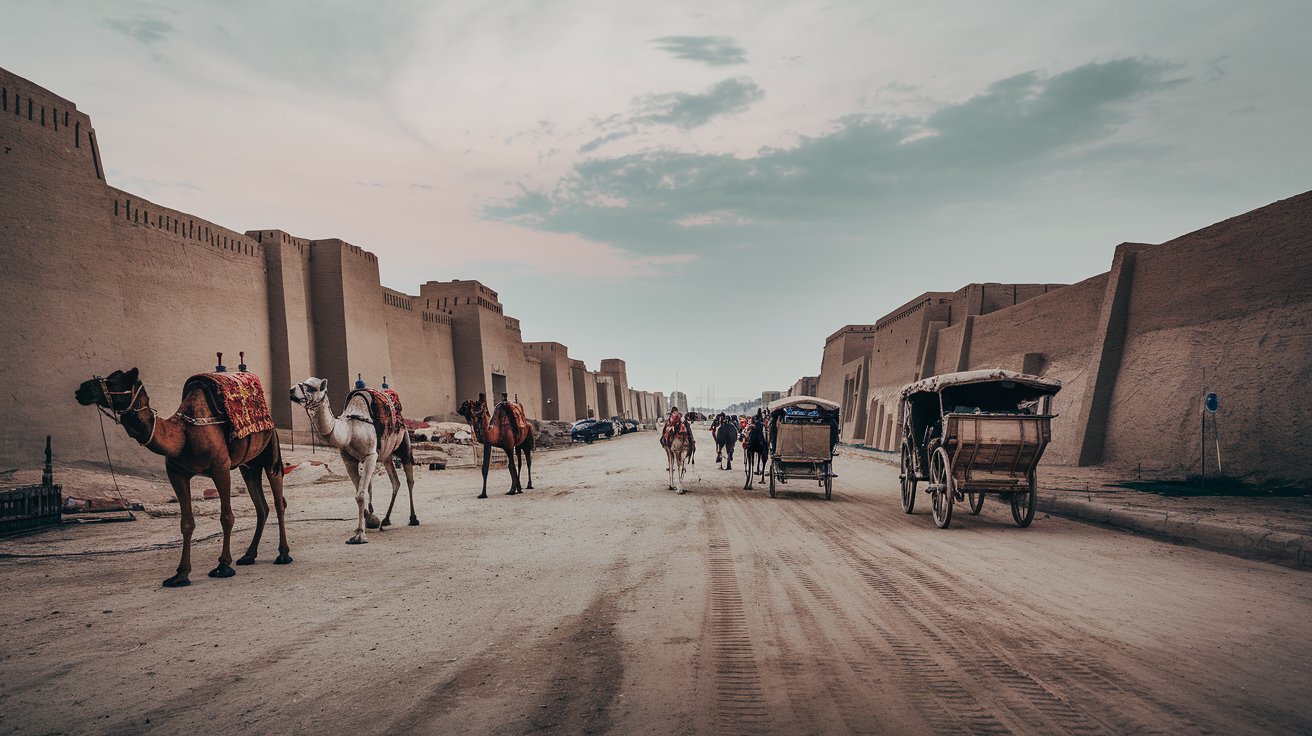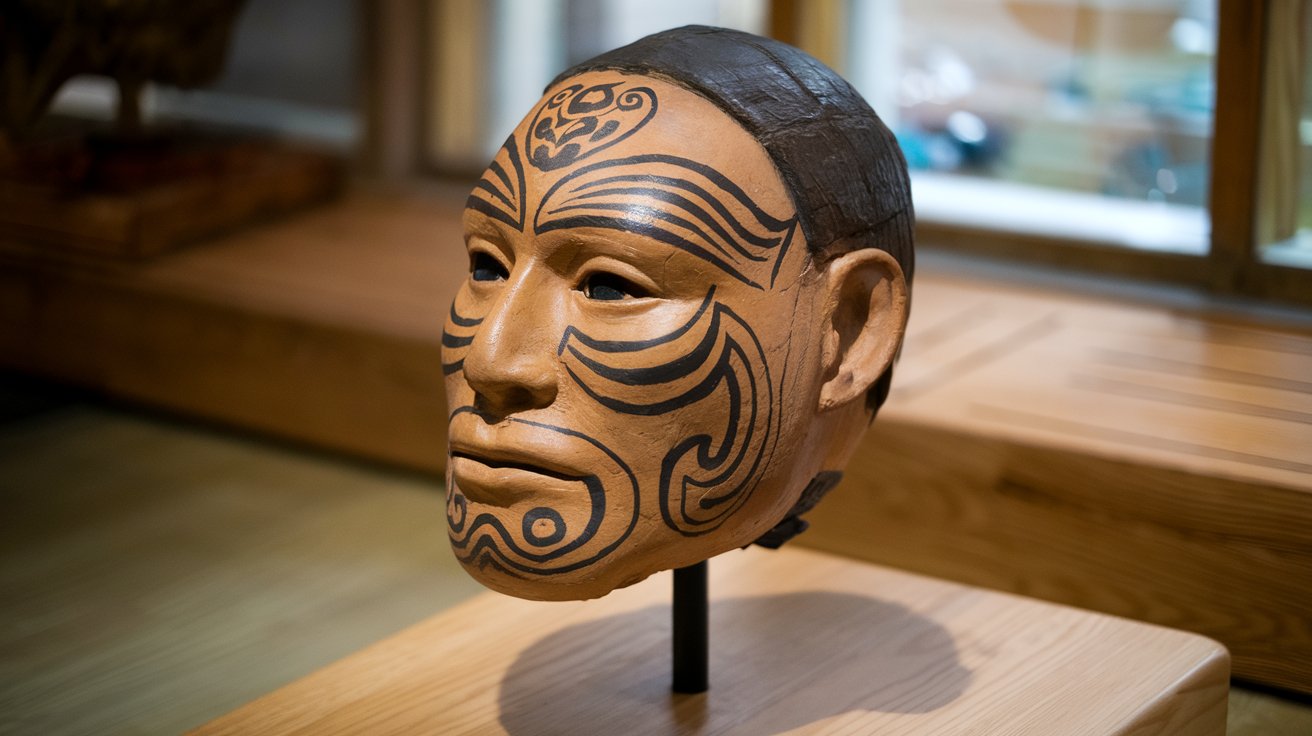
Forgotten trade routes played a crucial role in shaping ancient civilizations, connecting distant lands, and fostering cultural exchanges. These pathways, often traversed by caravans and ships, carried not just goods but also ideas, technologies, and traditions. Imagine the Silk Road, where silk, spices, and precious stones traveled from Asia to Europe, or the Amber Road, which transported amber from the Baltic Sea to the Mediterranean. Trade routes like these were the lifelines of economies, enabling the spread of religions, languages, and even diseases. Understanding these ancient highways offers a glimpse into the interconnectedness of early societies and their lasting impact on our world today.
Key Takeaways:
- Ancient trade routes were more than just pathways for goods; they were conduits for cultural exchange, spreading ideas, religions, and technologies across distant lands and cultures.
- Trade routes facilitated the spread of technological advancements, from papermaking and gunpowder to navigation techniques and architectural innovations, shaping early civilizations.
Ancient Trade Routes: The Lifelines of Early Civilizations
Trade routes have been the arteries of human civilization, connecting distant lands and cultures. These pathways facilitated the exchange of goods, ideas, and innovations. Here are some fascinating facts about these forgotten trade routes.
-
The Silk Road was not a single road but a network of trade routes connecting China to the Mediterranean. It spanned over 4,000 miles.
-
Silk was the primary commodity traded on the Silk Road, but other goods like spices, precious stones, and even ideas traveled along these routes.
-
The Incense Route was an ancient network of major trade routes linking the Mediterranean world with Eastern and Southern Arabia, as well as India and Somalia.
-
Frankincense and myrrh, highly valued in ancient times, were the main products transported along the Incense Route.
-
The Amber Road connected the Baltic Sea with the Mediterranean. Amber, fossilized tree resin, was highly prized in ancient cultures.
-
Amber was used in jewelry and as a healing agent in ancient medicine.
Maritime Trade Routes: Oceans as Highways
Seas and oceans served as highways for ancient mariners. These maritime routes were crucial for the exchange of goods and cultures across continents.
-
The Spice Route connected the East Indies, India, and the Arabian Peninsula with Europe. Spices like cinnamon, pepper, and nutmeg were highly sought after.
-
Pepper was so valuable that it was often referred to as "black gold."
-
The Maritime Silk Road was an extension of the Silk Road, connecting China with Southeast Asia, the Indian subcontinent, Arabian Peninsula, Somalia, Egypt, and Europe.
-
Porcelain, tea, and silk were the main commodities traded along the Maritime Silk Road.
-
The Trans-Saharan Trade Route connected sub-Saharan Africa to North Africa. Gold, salt, and slaves were the primary goods traded.
-
Salt was so valuable in ancient times that it was often used as currency.
Forgotten Routes: Lesser-Known Pathways
While some trade routes are well-known, others have faded into obscurity. These lesser-known routes played significant roles in their time.
-
The Tin Route connected the British Isles with the Mediterranean. Tin was essential for making bronze.
-
Bronze was a crucial material for tools and weapons during the Bronze Age.
-
The Via Maris was an ancient trade route linking Egypt with the northern empires of Syria, Anatolia, and Mesopotamia.
-
Wine and olive oil were commonly traded along the Via Maris.
-
The Grand Trunk Road in South Asia is one of the oldest and longest trade routes in the region, stretching from Bangladesh to Pakistan.
-
Cotton, spices, and textiles were the main goods transported along the Grand Trunk Road.
Cultural Exchange: More Than Just Goods
Trade routes were not just about goods; they were conduits for cultural exchange, spreading ideas, religions, and technologies.
-
The Silk Road facilitated the spread of Buddhism from India to East Asia.
-
Islam spread along the Trans-Saharan Trade Route, influencing West African cultures.
-
The Maritime Silk Road helped spread Hinduism and Buddhism to Southeast Asia.
-
The Amber Road contributed to the spread of Roman and Greek cultural influences into Northern Europe.
-
The Incense Route played a role in the dissemination of Christianity in the Arabian Peninsula.
-
The Grand Trunk Road was instrumental in the spread of Islam and Sikhism across South Asia.
Technological Innovations: Advancements Along Trade Routes
Trade routes were also pathways for technological advancements, facilitating the spread of new inventions and techniques.
-
The Silk Road saw the transmission of papermaking and gunpowder from China to the West.
-
Navigation techniques and shipbuilding innovations spread along the Maritime Silk Road.
-
The Trans-Saharan Trade Route facilitated the spread of camel saddles and caravanserais, improving desert travel.
-
The Amber Road contributed to the spread of metalworking techniques across Europe.
-
The Incense Route saw the exchange of agricultural and irrigation techniques between cultures.
-
The Grand Trunk Road facilitated the spread of architectural innovations, including the use of arches and domes in construction.
The Legacy of Forgotten Trade Routes
Forgotten trade routes shaped civilizations, connecting cultures and fostering economic growth. From the Silk Road to the Amber Road, these paths facilitated the exchange of goods, ideas, and technologies. They weren't just highways for merchants; they were lifelines for entire societies.
Understanding these ancient routes helps us appreciate the interconnectedness of our world. They remind us that global trade isn't a modern invention but a practice rooted in history. These routes laid the groundwork for today's global economy, influencing everything from cuisine to language.
As we reflect on these forgotten highways, let's remember their impact on our present. They teach us about resilience, innovation, and the human spirit's drive to explore and connect. So, next time you think about trade, remember the ancient paths that paved the way for our modern world.
Frequently Asked Questions
Was this page helpful?
Our commitment to delivering trustworthy and engaging content is at the heart of what we do. Each fact on our site is contributed by real users like you, bringing a wealth of diverse insights and information. To ensure the highest standards of accuracy and reliability, our dedicated editors meticulously review each submission. This process guarantees that the facts we share are not only fascinating but also credible. Trust in our commitment to quality and authenticity as you explore and learn with us.


